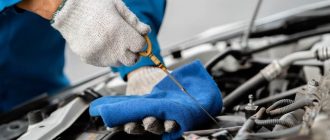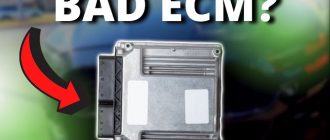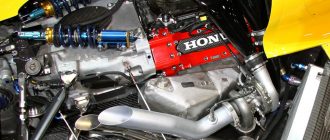What Holds a Car Engine in Place
A car engine is a complex piece of machinery, and it needs to be securely fastened in place to prevent it from moving around and causing damage. There are several different components that work together to hold the engine in place, including the engine mounts, the transmission mount, and the subframe.
Engine Mounts
The engine mounts are the primary components that hold the engine in place. They are typically made of rubber or polyurethane, and they are designed to absorb vibrations and noise from the engine. The engine mounts are bolted to the engine block and to the frame of the car, and they help to keep the engine from moving around excessively.
Types of Engine Mounts
There are several different types of engine mounts, including:
- Solid engine mounts are made of a solid material, such as steel or aluminum. They are the most rigid type of engine mount, and they provide the best support for the engine. However, they can also transmit more vibrations and noise to the frame of the car.
- Liquid-filled engine mounts are filled with a liquid, such as oil or water. They are less rigid than solid engine mounts, but they can absorb more vibrations and noise. Liquid-filled engine mounts are often used in high-performance cars.
- Hydro-elastic engine mounts are a type of liquid-filled engine mount that uses a hydraulic fluid to absorb vibrations and noise. They are the most effective type of engine mount, but they are also the most expensive.
Transmission Mount
The transmission mount is another important component that helps to hold the engine in place. It is typically made of rubber or polyurethane, and it is bolted to the transmission and to the frame of the car. The transmission mount helps to keep the transmission from moving around excessively, and it also helps to reduce vibrations and noise from the transmission.
Subframe
The subframe is a structural component that helps to support the engine and transmission. It is typically made of steel or aluminum, and it is bolted to the frame of the car. The subframe helps to distribute the weight of the engine and transmission, and it also helps to keep them from moving around excessively.
Other Components
In addition to the engine mounts, transmission mount, and subframe, there are several other components that can help to hold the engine in place, including:
- Motor mounts are small, rubber or polyurethane pieces that are bolted to the engine and to the frame of the car. They help to absorb vibrations and noise from the engine.
- Strut tower braces are metal bars that are bolted to the strut towers and to the firewall. They help to stiffen the front of the car and reduce body flex, which can help to keep the engine in place.
- Tie rods are metal bars that are bolted to the suspension components and to the frame of the car. They help to keep the wheels in alignment, and they can also help to reduce body flex, which can help to keep the engine in place.
Conclusion
The engine is a critical component of a car, and it needs to be securely fastened in place to prevent it from moving around and causing damage. There are several different components that work together to hold the engine in place, including the engine mounts, the transmission mount, and the subframe. By understanding how these components work, you can help to keep your engine running smoothly and safely.




